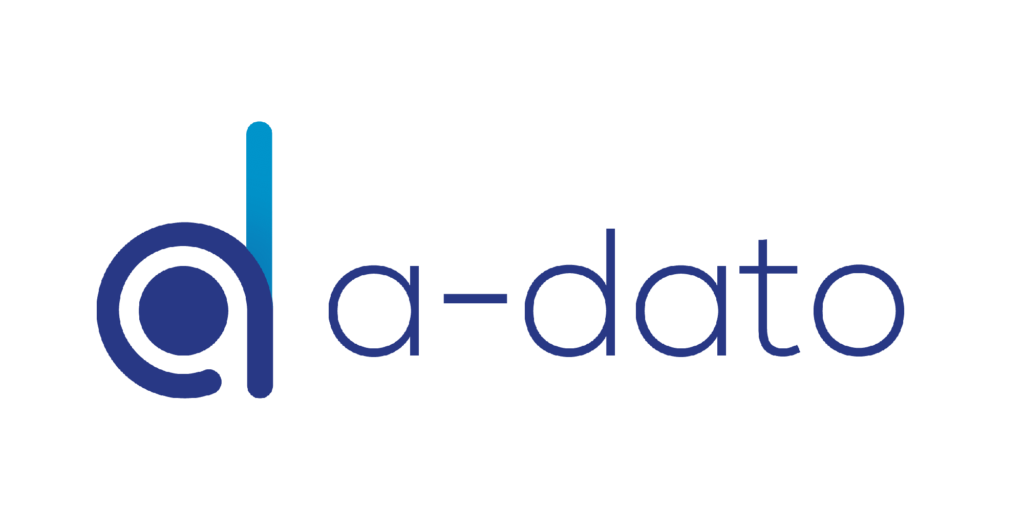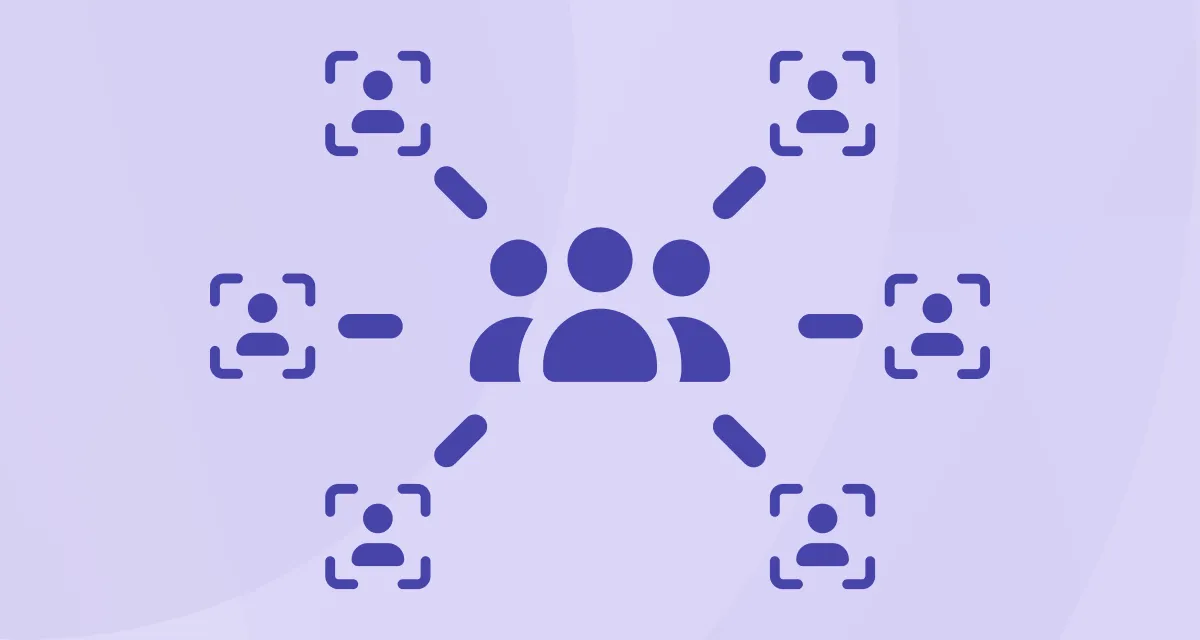Tool sprawl kills collaboration, slows delivery, and fractures visibility. Here’s how to fix it and why hybrid project teams need a unified platform like LYNX.
📌 Table of Contents
What Is Tool Sprawl?
Tool sprawl happens when different teams use different tools for project planning, collaboration, resource management, and reporting without a unifying system.
The result?
-
Data lives in silos
-
Teams are misaligned
-
Reporting becomes a nightmare
-
Leaders lose sight of delivery progress
How Tool Sprawl Hurts Hybrid Teams
Hybrid project environments, where some teams work in iterative cycles and others follow structured phases, amplify the problem.
| Hybrid Challenge | Made Worse by Tool Sprawl |
|---|---|
| Cross-team collaboration | Data stuck in isolated tools |
| Portfolio-level visibility | Inconsistent formats & reports |
| Dependency tracking | Tools can’t “talk” to each other |
| Resource allocation | Fragmented workload data |
| Real-time status updates | Delayed or missing context |
In short: more tools ≠ more productivity.
The Hidden Costs of Fragmentation
Tool sprawl isn’t just annoying. It’s expensive.
| Cost Type | Impact |
|---|---|
| 💸 Financial | Multiple licenses, duplicate tools |
| ⏱ Time | Switching between tools, redundant updates |
| 😓 Productivity | Constant context switching = cognitive overload |
| 📉 Performance | Delayed decisions, misaligned teams |
| 🔒 Risk | Inconsistent data, security blind spots |
According to Forrester, enterprise organizations lose up to 30% of productivity due to poor tech stack alignment.
Signs You’re Suffering from Tool Sprawl
Ask yourself:
-
Are updates buried across Slack, Jira, Excel, and emails?
-
Are PMs managing “projects about projects” just to keep things in sync?
-
Are team leads reporting from different tools with conflicting data?
-
Do you need 3+ apps to see one project’s real status?
If yes, you’re in tool chaos.
How to Consolidate Without Losing Flexibility
The goal isn’t to kill every tool but to create a single source of operational truth.
Here’s what works:
-
✅ Keep best-in-class tools for specific functions (e.g. Jira for DevOps)
-
✅ Consolidate scheduling, flow management, and reporting into one system
-
✅ Connect tools through APIs—not copy-paste
-
✅ Use portfolio-level views to align strategy with delivery
LYNX by A-dato: One Platform, Many Methods
LYNX isn’t “yet another tool.” It’s a unifying layer that connects your hybrid teams and tools without forcing everyone into the same box.
| Feature | How It Helps |
|---|---|
| 🔁 Integration Hub | Syncs with Jira, Excel, MS Project, and more |
| 🎯 Central Planning Engine | One place to align priorities and buffers |
| 🔍 Real-Time Dashboards | Track progress across ALL projects and teams |
| 🔄 Dynamic Updates | Eliminate copy-paste updates across systems |
| 🧠 Smart Portfolio Views | See what’s at risk, what’s blocked, and what matters most |
Whether you’re Agile, structured, or something in between, LYNX gives you flow, visibility, and control.
Conclusion: Unify Your Stack, Unlock Flow
Tool sprawl is the modern-day project trap. You think it helps productivity, but it actually slows you down, clouds decision-making, and exhausts your team.
You don’t need to replace every tool.
You just need to connect them with purpose and get your teams, timelines, and data aligned.
One platform. One view. One plan.
That’s how hybrid organizations stay on track.
That’s how LYNX by A-dato helps you get there.
🟢 Ready to declutter your project stack and unlock delivery flow?
👉 Get a personalized walkthrough of LYNX











